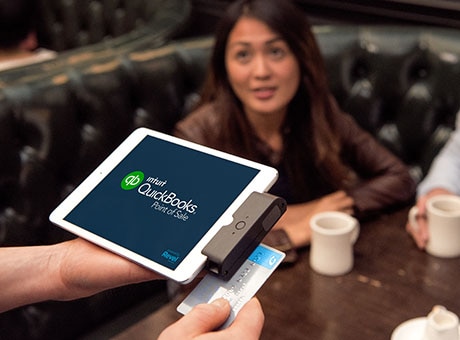As you establish your nonprofit organization, you’ll notice unique challenges relating to establishing credit. Because your nonprofit doesn’t have an owner or shareholders to make personal guarantees, you must rely entirely on the credit of the organization. For new entities, this is difficult because you may not have a financial history to rely on to secure credit. Take small steps to build your credit history progressively.

How a Nonprofit Organization Can Build a Business Credit History
Establishing a DUNS Number
One of the earliest steps you can take to develop credit for your nonprofit is to register for a DUNS number. Issued by Dun & Bradstreet, you can provide this number to vendors when attempting to secure credit. This numbering system allows potential lenders and business partners to better understand your nonprofit’s reliability and financial history. To register, your nonprofit must have a legal business name that’s separate from your personal name.
Apply for Credit With Local Merchants
Once you have a DUNS number, develop a credit history by reaching out to vendors. Some local merchants and suppliers may allow you to purchase goods without having to pay upfront. They may extend a small amount of credit that can grow based on your financial performance. Target vendors that offer special credit programs to nonprofit organizations. These businesses will probably let you open up a line of credit as long as you can provide your DUNS number, Employer Identification number, and proof of your nonprofit status. Make sure you know your credit limit and your payment terms. You may also be able to secure a line of credit if your nonprofit has assets or collateral to offer.
Business Credit Card
To develop credit, you should try and secure a business credit card. If your nonprofit is new, you’ll probably have to search for a business-secured card that is specially designed for nonprofits. Most applications require a minimum of six months of financial information or for the credit line to secured by cash. Make sure you pay off your credit card balance in a timely manner and consistently use your credit balance to build a credit history. This includes continually monitoring your credit card statements to be aware of fraudulent charges, understanding what your minimum payment requirements are, and when your payments are due.
Separating Personal Credit from Business Credit
As you incorporate a nonprofit, understand the necessity to separate the entity’s credit from your own. Using your personal credit will make you liable for all debts of the nonprofit, which puts your personal assets at risk. If something happens to your nonprofit, creditors could pursue your house, vehicle, and savings to collect debts. Many creditors today don’t consider personal credit because isn’t an effective way to predict the behaviour of an organization. Take steps to setting up a credit history for your nonprofit. Start by applying for a DUNS number, reaching out to local vendors, and searching for a business credit card.


